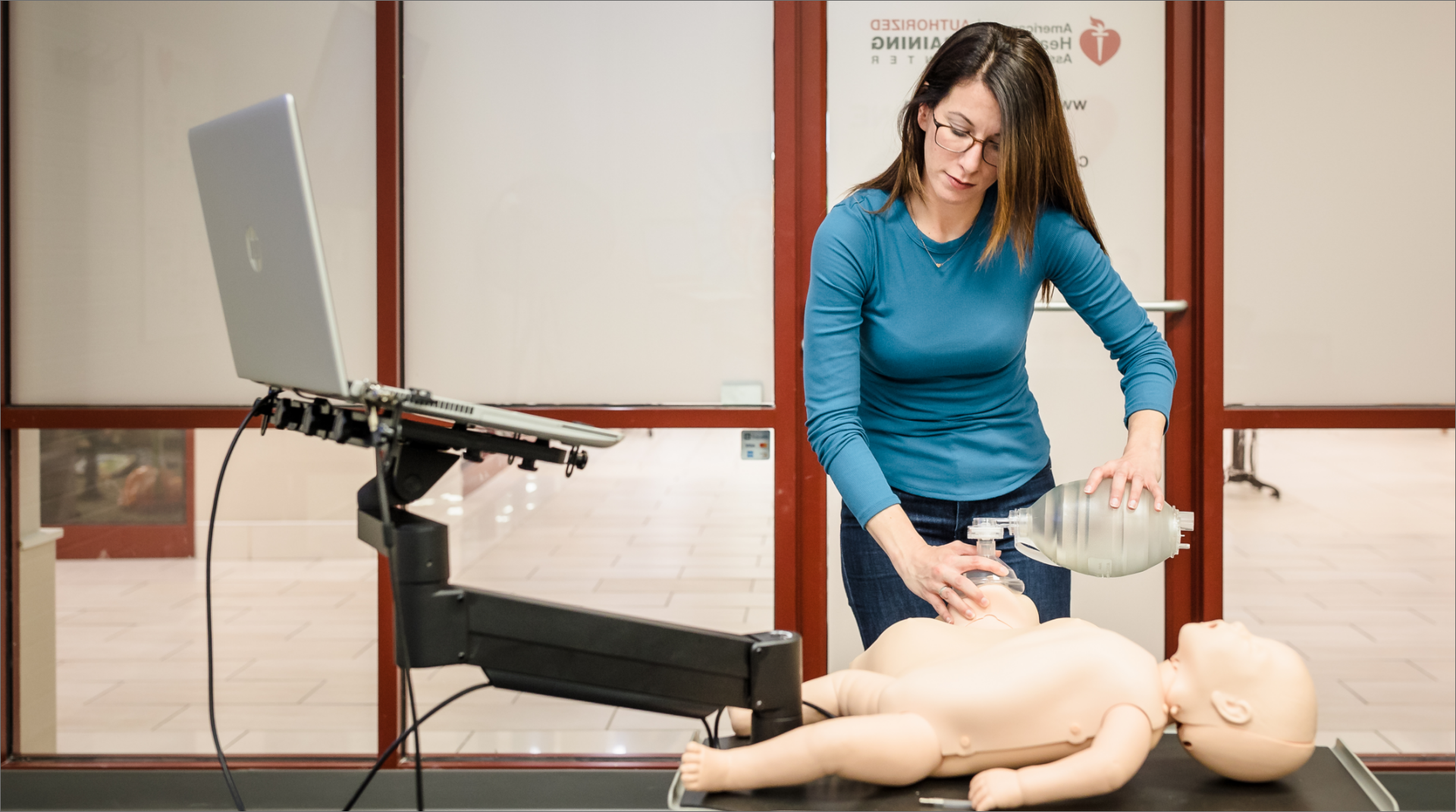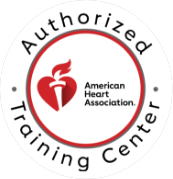

CPR Resource Center
The most comprehensive library of emergency training resources — including videos, articles, downloads, and more.


The most comprehensive library of emergency training resources — including videos, articles, downloads, and more.
The skills testing on the Resuscitation Quality Improvement (RQI) are very similar to what you would expect out of performing skills on a regular CPR manikin. With a traditional classroom setting, the manikins that are used are known as a Preston Manikins. These manikins have lights built into them which help the instructor measure your CPR quality to include, depth, recoil, compression rate.
Our RQI platform (BEACON) goes beyond these measurements and provides real time audiovisual feedback on our high-definition laptops as you are performing your skills and also calculates your chest compression fraction or CCF which is the proportion of time spent performing chest compressions during a cardiac arrest. Studies suggest that a higher CCF has been linked to higher survival rates in cardiac arrest victims.
The skills performed on both the RQI as well as our in-person courses all follow the American Heart Association guidelines to include: chest compressions, ventilations, and a two-rescuer scenario where compressions and ventilations are performed together. Depending on the discipline of the course you may perform compressions on both the adult and infant manikin (Heartsaver or BLS) or just the adult manikin (ACLS).
The main difference between the RQI and the Preston Manikins is that the RQI platform provides you with in-depth feedback not only as you are actively performing the skill but also provides a summary of your skill after the scenario has ended. This allows users to fully gauge where their performance is, identify areas for improvement and master the skill. With the generic manikins, you will still receive some feedback on your CPR performance but it will be limited.
Points may be deducted for interrupting your virtual rescuer as they are performing a specific skill. For instance, if you provided a ventilation while your virtual rescuer was performing compressions and was only on compression number 25, you would lose points for providing a skill at an incorrect time. .
On our regular manikins, you will still be measured on compression rate, depth and recoil, but it may be difficult to gauge your true CCF and ventilation tidal volume measurements because the manikins do not have the advanced technology to measure these areas.
In conclusion, the skills that are required on both manikins are extremely similar, but our BEACON programs offer a full Resuscitation Quality Improvement experience. When performing your skills, you receive in-depth audiovisual feedback and you are paired with one of our highly trained instructors who guides you through the process every step of the way.
You can take comfort knowing your instructor can view your session remotely and can visualize your data as you are performing your skill and provide you with guidance if needed. Our BEACON programs truly are an impressive quality improvement in Cardiopulmonary Resuscitation. For more information, please visit our website at https://code1web.com/BEACON or reach us by phone at (860) 786-1789 and one of our Client Solution Specialists will assist you.
Resources
Resuscitation Quality Improvement®. (2017). Retrieved July 25, 2021, from https://cpr.heart.org/-/media/cpr-files/courses-and-kits/rqi/rqi-annotated-bibliography-ucm_496707.pdf?la=en
Help Me Find a Course